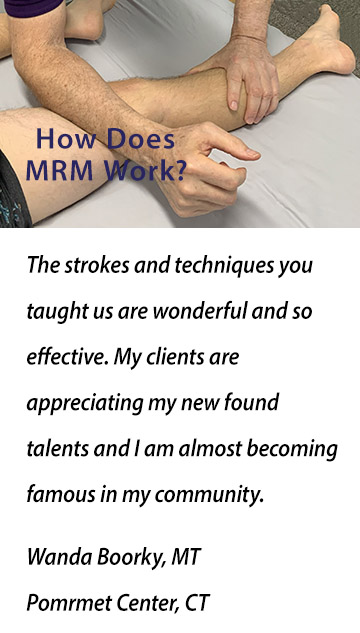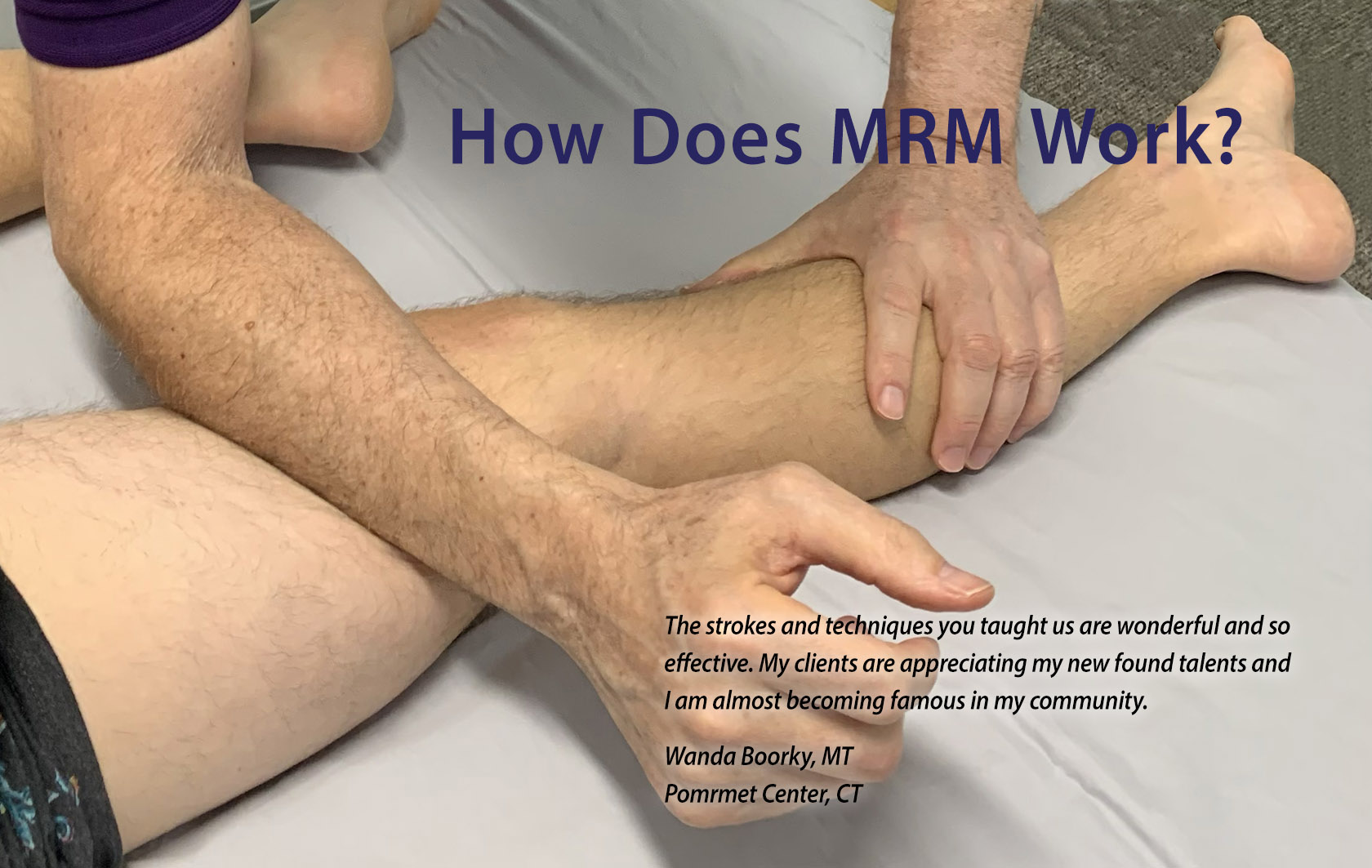

Fascial tissue is a white membrane which wraps all muscles, all muscles bundles, muscle fascicles, and even every muscle fiber. It is perhaps no exaggeration to say that there is almost as much fascial tissue in a muscle as there are muscle fibers.
Modern medical science, however, has largely ignored fascial tissue in the body, not understanding (or at least appreciating) the important role it plays in bodily health.
It serves many functions, but for a therapist its function as a lubricant is most important. It allows everything it wraps, from muscles to muscles fibers, to slide over whatever is next to it.
Fascial Tissue Can Become Inelastic
Over time, however, for reasons of physical and emotional trauma, habit patterns, disease, and the desiccation of tissue that can accompany the aging process, fascial tissue can get hard, rigid, short, gluey, and inelastic.
In short, fascial tissue will change from a lubricant to an adhesive. This binding up of fascial tissue causes a great deal of what the patient experiences as stress, tension, and pain, and loss of ease and range of motion.
The techniques you will learn in the Myofascial Release Massage workshops are designed to lengthen, stretch, soften, make more supple, in short, to make plastic again, this all important tissue.
The techniques are themselves derived from Hellerwork, which is itself a gentler derivative of Rolfing.


Fascial tissue is a white membrane which wraps all muscles, all muscles bundles, muscle fascicles, and even every muscle fiber. It is perhaps no exaggeration to say that there is almost as much fascial tissue in a muscle as there are muscle fibers.
Modern medical science, however, has largely ignored fascial tissue in the body, not understanding (or at least appreciating) the important role it plays in bodily health.
It serves many functions, but for a therapist its function as a lubricant is most important. It allows everything it wraps, from muscles to muscles fibers, to slide over whatever is next to it.
Fascial Tissue Can Become Inelastic
Over time, however, for reasons of physical and emotional trauma, habit patterns, disease, and the desiccation of tissue that can accompany the aging process, fascial tissue can get hard, rigid, short, gluey, and inelastic.
In short, fascial tissue will change from a lubricant to an adhesive. This binding up of fascial tissue causes a great deal of what the patient experiences as stress, tension, and pain, and loss of ease and range of motion.
The techniques you will learn in the Myofascial Release Massage workshops are designed to lengthen, stretch, soften, make more supple, in short, to make plastic again, this all important tissue.
The techniques are themselves derived from Hellerwork, which is itself a gentler derivative of Rolfing.